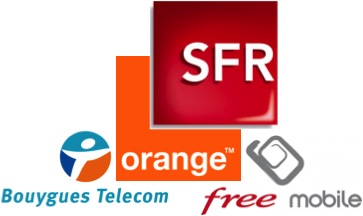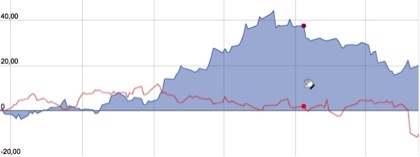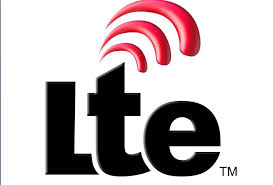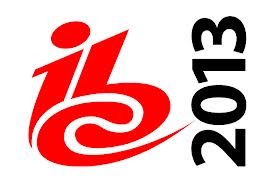
I came to TMForum’s Big Data In Focus Summit in Amsterdam today expecting one of two things: either that hype would still be the main driver behind this market, or that we’d finally moved forward and fallen into the trough of disillusionment.
For Rob Rich, TMForum’s Managing Director of Research, it’s clearly the latter, which made him all the more proud that attendance was on a par with last year. But I think something else may be happening on the Big Data scene. Last year’s conference was still all about building the infrastructure for collecting and storing all that data. This year, Jessica Rausch, TMForum’s conference producer, set it up to be bullish with as many real world success stories as possible. As Rob pointed out to me nobody really wants to talk about failures, at least not their own. This positive feeling, during day one at least, was furthered by a move away from setting Big Data up, towards Big Data Analytics, which means really using it.
On the down side though, I was disappointed with the actual use cases described on the podium this year. Despite being interesting to listen about and the fact that Big Data made them more accessible, none were really new.
I mean, Big Data for Fraud detection, really? Credit card companies have been using algorithms since the 1980s.
I was also a bit startled by some of the revelations given about data collection with vendors easily spliping into the “I’m just doing what I’m told” roles while their operator clients don’t necessarily take the responsibility either. I couldn’t help thinking that it’s as if the Snowden affair never happened and Big Data is here to give the NSA a new lease of life.
I had a passing feeling of déjà vu with Big Data in the 2010s reminding me of Objet Orientation in the 1990s: it’s probably hugely important and underpins the future of much of IT, but may not ever become a market in its own right.
To counter this, a characteristic of Big Data that came up as much as last year was the strong linkage between process, organization and Big Data projects or as @yifatkafkafi tweeted: “People-driven transformation was key to Big Data success at Skype - @DvirYuval #bigdatainfocus” (you can find other tweets with the #bigdatainfocus overly long twitter hash tag).
Nobody used the term “Machine Data” last year, so Alice Crook of Splunk’s Marketing team put my out of my ignorance telling me that it’s “anything unstructured, created by machine”. I’ll come back to this and dig a bit deeper to get to a clearer conclusion in the next blog, where I’ll also write about the three companies I met: Cvidya, Splunk and Ontology and give TMForum’s view after my interview with Rob Rich.






